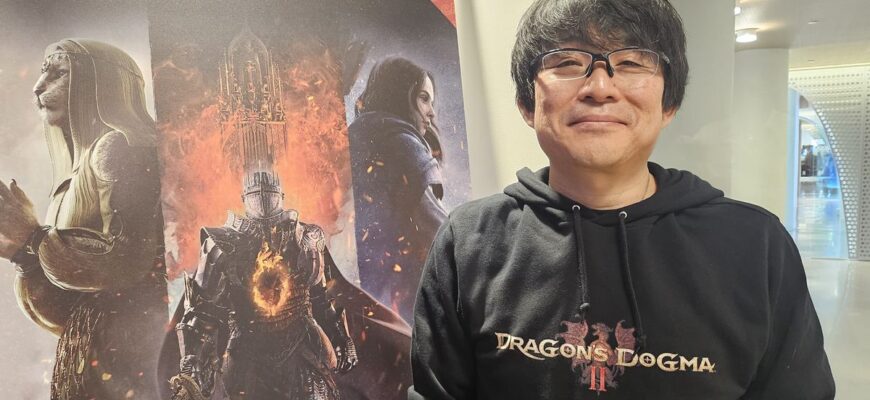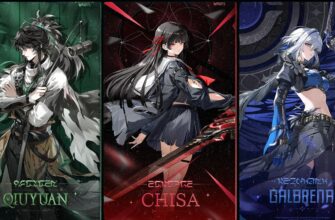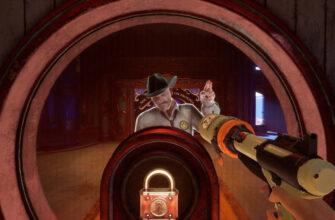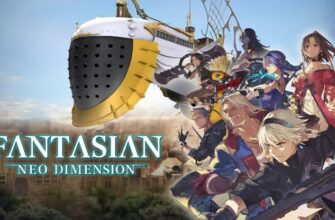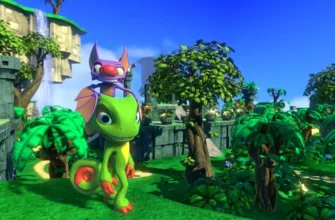In the dynamic realm of video game development, where legacy often battles innovation, the recent departure of veteran director Hideaki Itsuno from Capcom has sent ripples across the industry. After three decades guiding some of the publisher`s most iconic franchises, Itsuno has embarked on a new journey, seeking not just a change of scenery, but a profound shift in creative direction. His move to Lightspeed, a new studio backed by Tencent, is more than a career pivot; it`s a testament to the enduring human desire for fresh challenges and the pursuit of unbridled artistic expression.
The End of an Era: Thirty Years of Impact
Hideaki Itsuno’s name is synonymous with some of Capcom’s most celebrated titles. He was a driving force behind the sleek, stylish combat of the Devil May Cry series, from its seminal second installment to the critically acclaimed Devil May Cry 5. Beyond the demon-slaying antics of Dante and Nero, Itsuno also shepherded the expansive, open-world fantasy of Dragon`s Dogma, a game lauded for its unique “Pawn” system and engaging combat. His portfolio is a testament to a designer who understood both intricate mechanics and compelling narrative structures.
For many, the idea of Itsuno continuing his work at Capcom seemed a natural progression. A Devil May Cry 6 or Dragon`s Dogma 3, under his guidance, would undoubtedly be met with immense anticipation. Yet, it was precisely this predictable path that prompted his bold decision.
The Golden Cage: Creative Fulfillment vs. The Sequel Treadmill
Itsuno candidly revealed his primary motivation: “For Capcom, creating Devil May Cry and Dragon`s Dogma sequels is the top priority… Before you [realize it], you are working on making Devil May Cry 6 or 7. It`s not like I don`t want to make them, I do. But it`s hard to balance the time it takes with the personal satisfaction of making them. And with Devil May Cry 5 and Dragon`s Dogma 2, I already did what I wanted to make.”
This sentiment perfectly encapsulates a dilemma faced by many seasoned creators in established studios. While working on beloved franchises offers stability and a loyal audience, it can also become a “golden cage,” limiting the scope for entirely new intellectual properties. The sheer commitment required for AAA game development—often four to five years per project—means that a director`s entire career can be consumed by iterating on existing formulas. For a visionary like Itsuno, who has already poured his heart and soul into his creations, the prospect of an endless sequel cycle, however successful, likely felt less like progress and more like creative stagnation.
A “Last Big Opportunity”: The Allure of the Unknown
The offer from Lightspeed presented an irresistible counter-narrative: the chance to create an absolutely new, AAA game from the ground up. Itsuno saw it as his “last big opportunity” to truly challenge himself. This isn`t merely about developing *a* new game; it`s about the fundamental freedom to forge a new vision, unburdened by past expectations or the strictures of an established universe.
This pursuit of creative autonomy is a powerful theme in the industry. It speaks to the core drive of artists and engineers who, having mastered their craft, yearn to push boundaries rather than simply maintain them. Itsuno`s move is a beacon for others who might feel the pull of a fresh canvas, reminding them that expertise can be reapplied to novel endeavors, even late in a distinguished career.
Building a Dream Team: Familiar Faces, New Ambitions
A new venture, however, isn`t built on ambition alone. Itsuno is not embarking on this journey in isolation. He is strategically assembling a team of trusted collaborators, many of whom are fellow Capcom veterans. Notable additions include the legendary artist known as Bengus, Devil May Cry writer Toshihiro Nakagawa, and character designer Daigo Ikeno. This reunion of talent is a significant indicator of the project`s serious intent and potential.
“It`s good to be able to work with people whom I trust, like Mr. Nakagawa,” Itsuno stated. “I have been working with him for decades, since Devil May Cry 2, and he`s one of those core members who understands me very well. If we mix my taste and his taste, I believe we can make a great game together.”
This move underscores the importance of synergy in creative projects. By surrounding himself with individuals who understand his creative language and working methods, Itsuno is laying the groundwork for a collaborative environment where innovation can flourish, unhindered by the friction of new, untested partnerships.
The Future Awaits: What Lies Beyond
Details about Itsuno`s new project remain scarce, fueling speculation and excitement among fans. Will it be another action-packed spectacle, a sprawling RPG, or something entirely unforeseen? What is clear is that a director of his caliber, armed with renewed creative freedom and a hand-picked team, is poised to deliver something truly remarkable.
While the future of the Devil May Cry game series remains uncertain for now, with the anime adaptation returning for a second season in 2026, Itsuno`s focus is clearly on the horizon. His departure from Capcom is more than just a personnel change; it`s a bold statement about the value of creative liberty and the endless pursuit of artistic growth in an industry constantly evolving. For the gaming world, it means another exciting, potentially groundbreaking, AAA title is on the distant, yet highly anticipated, horizon.

